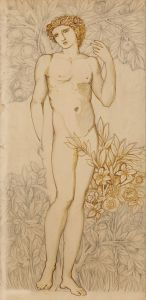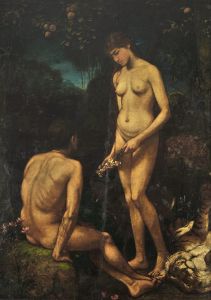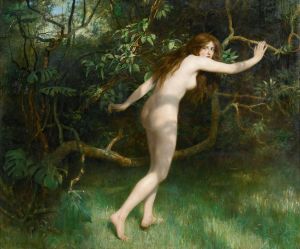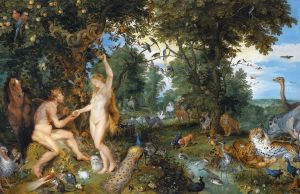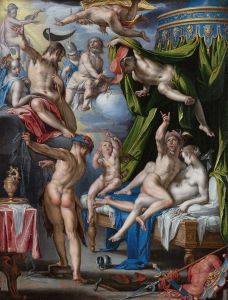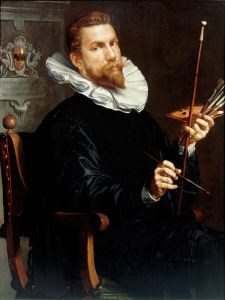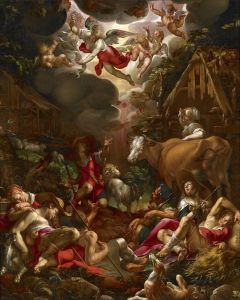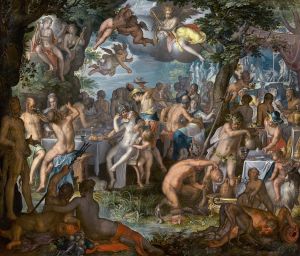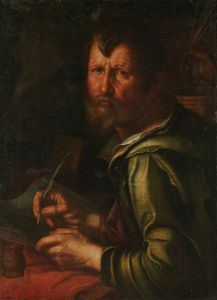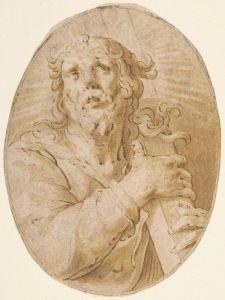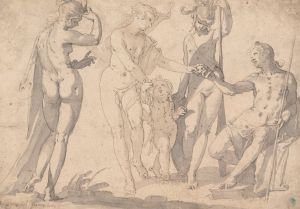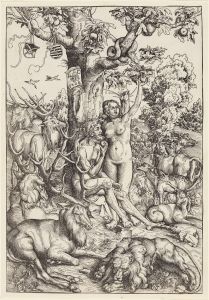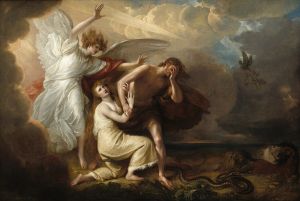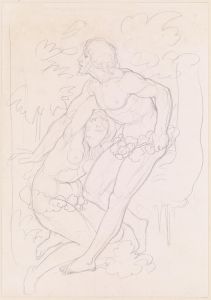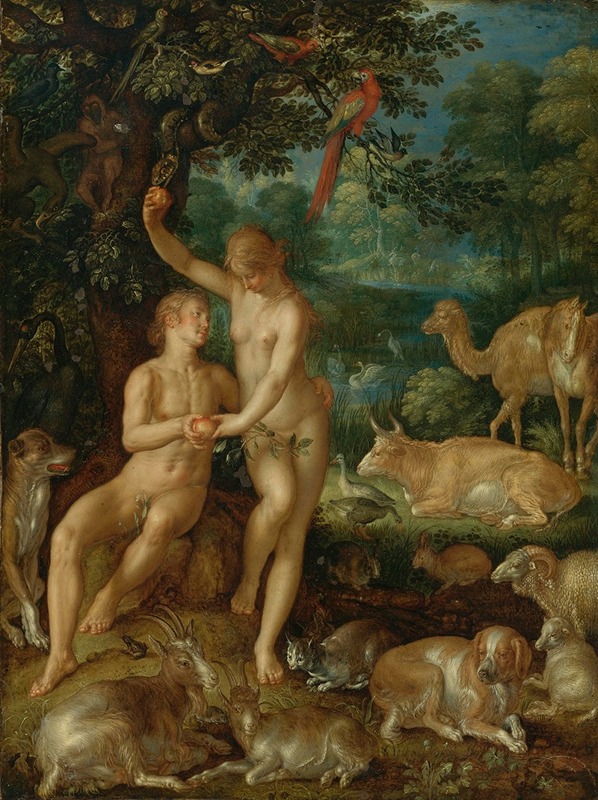
Adam And Eve
A hand-painted replica of Joachim Wtewael’s masterpiece Adam And Eve, meticulously crafted by professional artists to capture the true essence of the original. Each piece is created with museum-quality canvas and rare mineral pigments, carefully painted by experienced artists with delicate brushstrokes and rich, layered colors to perfectly recreate the texture of the original artwork. Unlike machine-printed reproductions, this hand-painted version brings the painting to life, infused with the artist’s emotions and skill in every stroke. Whether for personal collection or home decoration, it instantly elevates the artistic atmosphere of any space.
Joachim Wtewael's painting "Adam and Eve" is a notable work by the Dutch Mannerist painter, created in the early 17th century. Wtewael (1566–1638) was renowned for his intricate compositions, vibrant color palette, and meticulous attention to detail, characteristics that are evident in this depiction of the biblical story of Adam and Eve.
The painting illustrates the moment from the Book of Genesis when Adam and Eve succumb to temptation in the Garden of Eden. The central figures, Adam and Eve, are portrayed nude, as is typical in representations of this subject, emphasizing their innocence before the Fall. Eve is shown handing the forbidden fruit, often interpreted as an apple, to Adam, symbolizing the pivotal act of disobedience that leads to their expulsion from paradise. The serpent, traditionally associated with Satan, is depicted coiled around the Tree of Knowledge, reinforcing its role as the instigator of the Fall.
Wtewael's Mannerist style is evident in the elongated proportions of the figures, the dynamic poses, and the dramatic use of color and light. The composition is rich with detail, including lush foliage, animals, and other elements of the Edenic setting, which reflect the artist's skill in creating complex and visually engaging scenes. The painting also demonstrates Wtewael's mastery of oil on copper, a medium he frequently used to achieve a luminous and refined finish.
"Adam and Eve" exemplifies the Mannerist interest in idealized beauty and intricate compositions, as well as the era's fascination with biblical and mythological themes. Wtewael was part of the Utrecht School, a group of artists in the Dutch Republic who were influenced by Italian art, particularly the work of Michelangelo and Raphael, as well as the Northern European tradition of detailed realism.
The painting is held in the collection of the Mauritshuis in The Hague, Netherlands. The museum is known for its exceptional collection of Dutch Golden Age paintings, and Wtewael's "Adam and Eve" is considered an important example of Mannerist art within this context. The work provides insight into the religious and artistic culture of the period, as well as Wtewael's unique contribution to the art of his time.
This painting remains a significant piece for its technical brilliance and its representation of a key biblical narrative, reflecting both the artistic trends and the theological concerns of the early 17th century.





